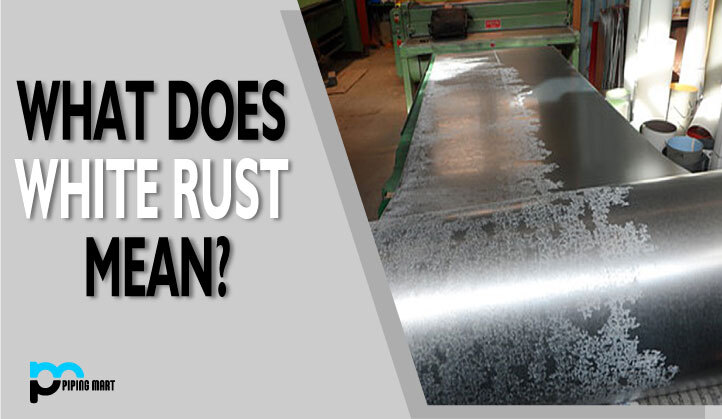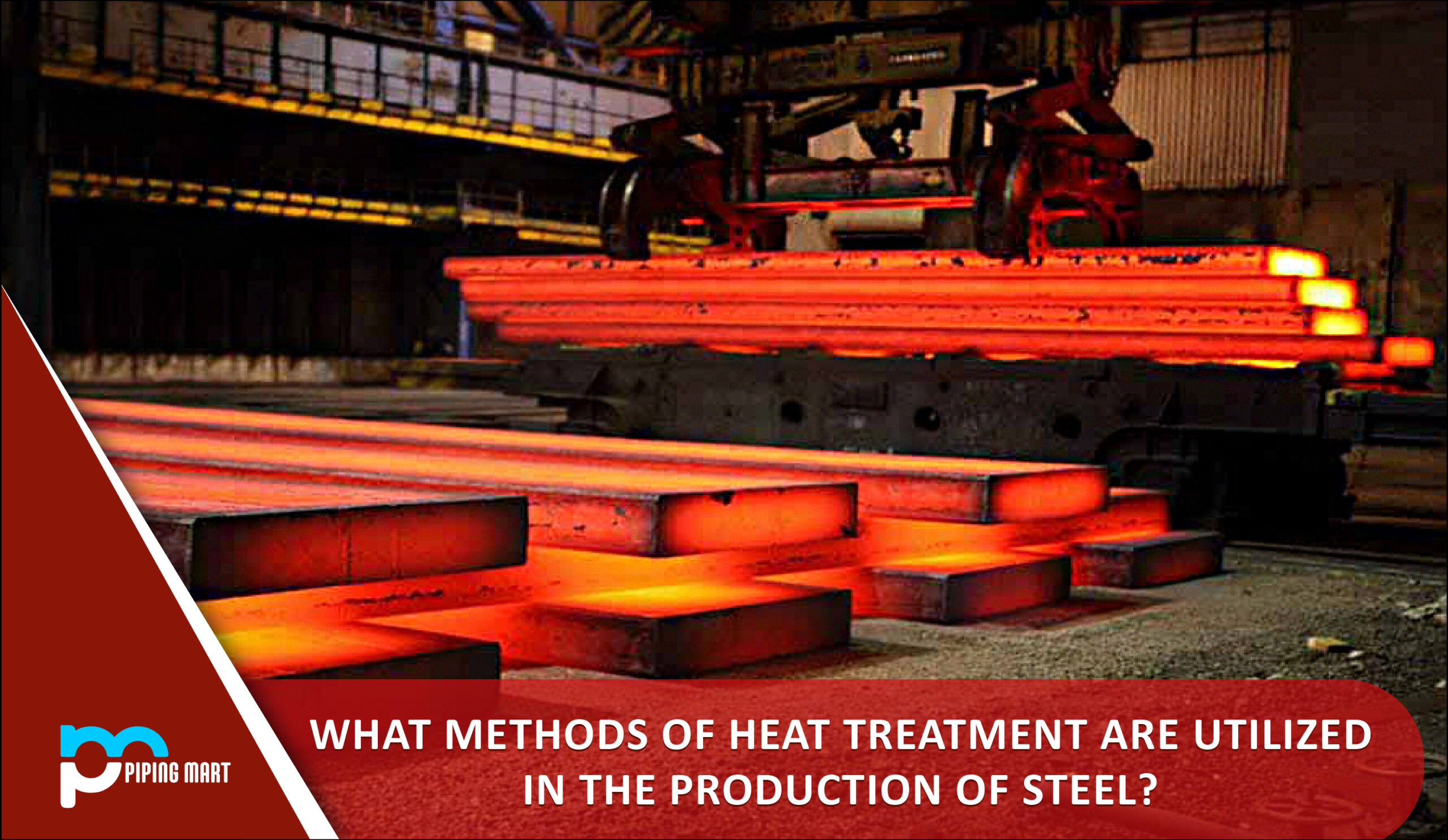Galvanizing is a method for painting an actual steel, which protects against corrosion with a protective zinc film. This zinc will, however, form a certain kind of rust, which is named as white rust.
What exactly is White Rust?
White rust is a white, chalky coating that can grow on the layer of zinc-containing materials such as galvanized steel. When zinc is bare to hydrogen and oxygen, white rust is form. This reaction produces zinc hydroxide, as opposed to iron oxide, which is the most prevalent source of rust. Although it can shape on any zinc or zinc-coated material, white rust is a common concern with galvanized steel.
How is White Rust Form?
When zinc is present in the hydrogen and oxygen atmosphere, white rust is formed. It more often comes into contact with the water and hydrogen dioxide when a newly galvanized material is mounted. Especially on freshly galvanized material, white rust grows. Since the new zinc covering had not been able to form the solid oxides, and the pure zinc hydroxide was the hydrogen and oxygen connection. On galvanized sheet that is deposited, white rust may be popular as a condensation can be stuck under each sheet, causing white rust to develop.
Prevention of White Rust
The development of White Rust is avoided in many ways:
- Minimize exposure to water.
One strategy for preventing white rust is to exclude or significantly reduce the sensitivity of zinc or zinc-coated content to water. This can be accomplished by increasing the airflow across the zinc content, raising the zinc’s temperature, or regulating the humidity in the space where the zinc is located.
- Prevent condensations from forming.
Another way to avoid white rust is to avoid, cold zinc content into a warm atmosphere, where it can condense and rest on the zinc. Water will then cause white rust to develop.
- Causing zinc to form solid oxides
The method for preventing the formation of white rust is to ensure that stable oxides are accumulated on the surface of the zinc subsequent to exposing it to damp or other hydrogen-rich conditions. As stable zinc oxides form, the zinc is much less likely to react with water to form zinc hydroxide. Simply leave the zinc to mature for a while in a low-humidity setting to accomplish this. Increasing the amount of carbon dioxide that comes into contact with the zinc hastens the formation of solid zinc oxides.
- The use of passivation chemicals or oils
Another method for preventing white rust is to spray the zinc or zinc-coated substance with a passivating chemical or oil. A passivating chemical will save the zinc from oxidizing, but only for a short period. The oil forms a buffer between the zinc and the water, reducing the possibility of zinc hydroxide formation. However, these oils usually evaporate after a short time and do not have long-term protection. Hexavalent chromium was commonly used to shield galvanized steel that could not be passivated with gasoline, but it is now much less common due to its excessive toxicity.
Is White Rust Destructive?
White rust on a zinc or zinc-coated material, is not always the case which will make the coating ineffective. Zinc hydroxides, unlike solid zinc oxides, do not conform well to other compounds. This means it will flake off, exposing the base material. White rust is often commonly seen as less visually pleasing.

Pipingmart is B2B portal specializes in industrial, metal and piping products. Also, share latest information and news related to products, materials and different types grades to help business dealing in this industry.




